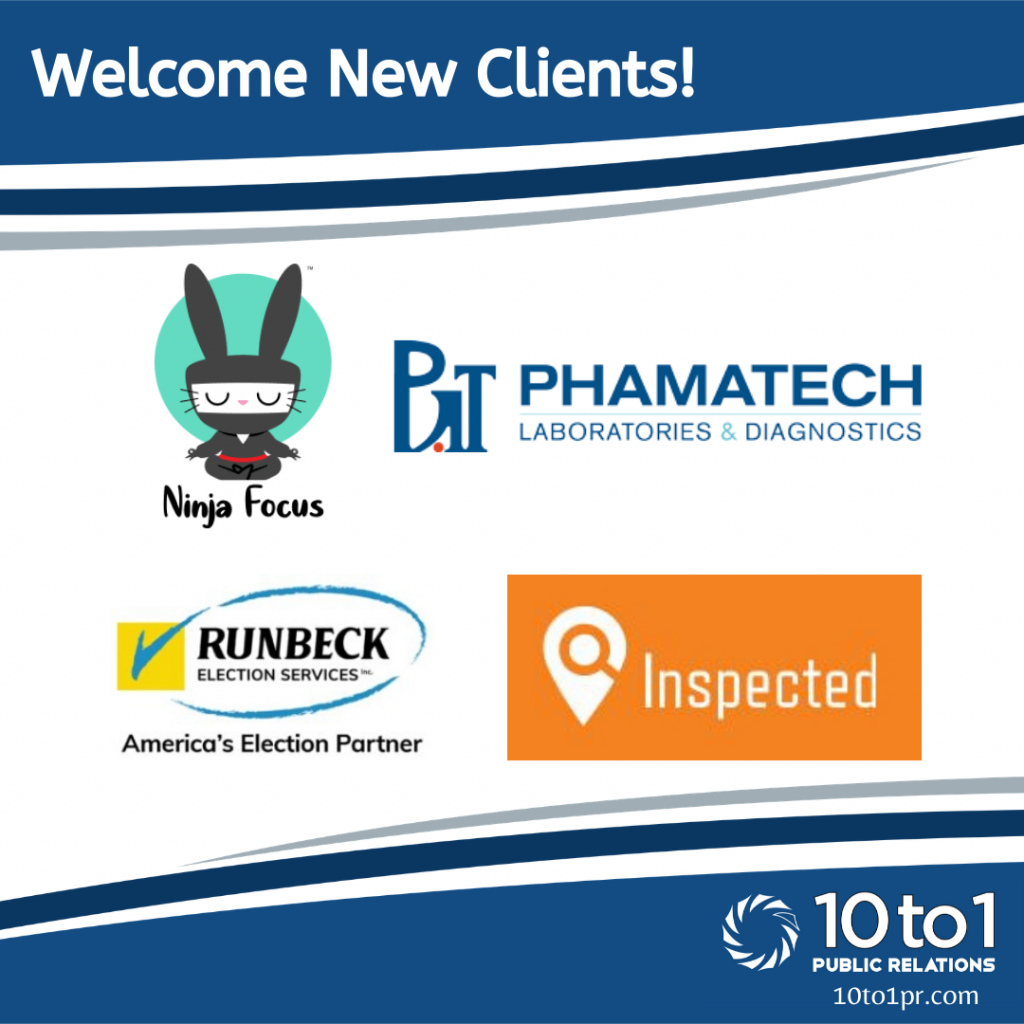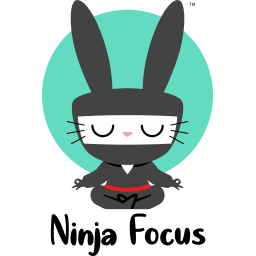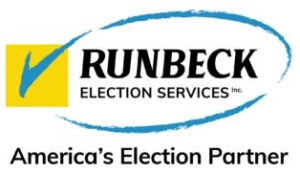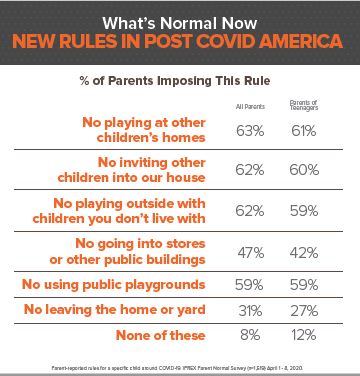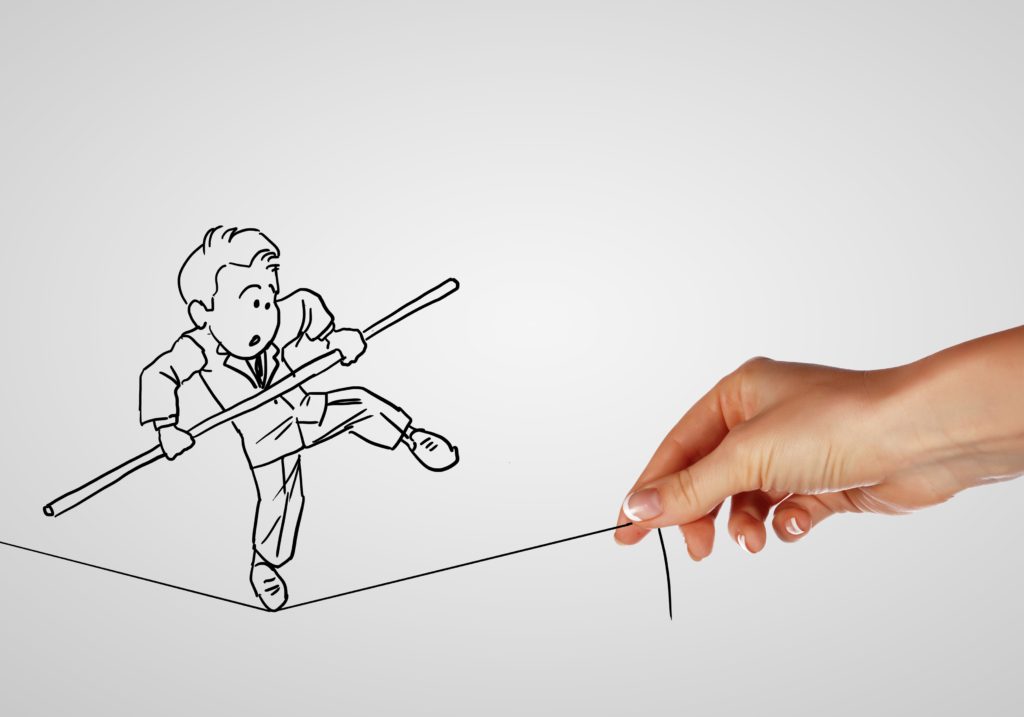by Josh Weiss
Similar to receiving media coverage, awards provide third-party credibility to your business or organization. It’s someone else saying that you’re good, worthy of recognition and praise.

Which makes it surprising that a lot of companies fail to apply for awards. Some may be intimidated by the process or fear the time it will take to gather the requested information. Others simply don’t view themselves worthy of recognition. No matter the excuse, it’s a missed opportunity.
The good news is that it “thins the herd,” often reducing the competition for the companies willing to put in a little extra work to submit their nominations.
My team has submitted hundreds of award nominations for our clients (and ourselves) over the years. In this process, we’ve developed our own internal cheat sheet to maximize the chance of our entries.
Allow me to share a few of those tips here.
- Fill out the entire form. Ask any awards judge, there are always entries where the nominee leaves out requested information. Even when it says an item is optional, complete it if possible. Don’t give the judges any excuse to think you don’t want the award or weren’t willing to put in the time. Don’t create an opening for another nominee to look better than you simply because they filled out the entire nomination form.
- Go for the points. Nearly every award application clearly says what answers judges will be grading you on, and within each question it will specifically list what you are to answer. Most judges are instructed to give each answer a point value (such as one to five). If you fail to answer even a single requested fact or detail, you are likely to lose a point. You won’t gain the point back by answering another detail that was requested twice. This ensures that everyone is judged equally, against the same criteria. With winners chosen by who gets the most judges points, you need to fight for every point, taking every point available to you.
- Highlight your answers. As you write your nomination, highlight every detail/response which directly answers a specific element of the question. For example, a question may ask you to share the problem that you had to fix, followed by examples of tactics used to achieve the desired result, followed by your budget for the project. In your answer, highlight the phrase: the problem was; the tactics we used were; our budget was, etc. Force the judges to see you answered every required detail within the question to ensure you get the full points available for each answer.
- Have a “judge” review your entry before submitting. It’s always good to have someone review your writing to look for typos or to offer feedback. When it comes to award submissions, we recommend asking a co-worker or peer not directly involved in the project to review your nomination as a judge would. Ask them to tick off each detail you answered from the application’s questions. If anything isn’t ticked off, then you need to go back and add it into your application to make sure you get all the points available to improve your submission.
- It doesn’t matter if you think you actually deserve to win. We often hear from a client that they want to wait until next year when they think they’ll be more worthy or have a better chance to win. We strongly discourage that approach. Apply now, and let the judges decide if you’re worthy. If they don’t choose you, how is that worse than never having applied in the first place? If they do choose you, all the better. Winning now doesn’t mean the company stops continuing to improve. Plus, applying now might improve your chances of winning next year. I cannot tell you how many companies we’ve nominated are named a finalist the first time they apply, only to win the year after when they demonstrate the improvement front one year to the next.
Once judging is complete, most awards announce their list of finalists to then start promoting the awards event. When recognized as a finalist, I strongly encourage you to quickly and loudly celebrate this achievement. Immediately put out a press release to celebrate and promote this validation of your company and staff right away. Add a logo of the award to your website stating that you’re a finalist.
A few weeks later if you learn during the awards ceremony that you won the top prize, you get to start the celebration all over again with a second announcement. If someone else is chosen for the top prize, you already got your moment in the sun and everyone already views you as a winner. And the finalist logo you already added to your website can stay there, continuing to promote your recognition for years to come.
Here’s another nugget we tell our clients. Sometimes it’s better for companies to only be a finalist and NOT win the actual top prize. Why? Because if you’re only a finalist, you’re likely allowed to apply again the next year whereas the winner cannot apply again for several years. I rather put out several press releases over a couple of years for a client saying they were repeatedly recognized as an excellent company, than a one-time announcement.
Finally, I simply encourage you to apply. Worst that happens is you’re not chosen- which is the same result than not having applied at all. Plus, even if not selected, by completing the nomination it reminds you and your team all that your company is achieving, regardless of if the judge sees it or not. It might just be the morale boost you or your team needs at that moment to internally recognize your successes.



